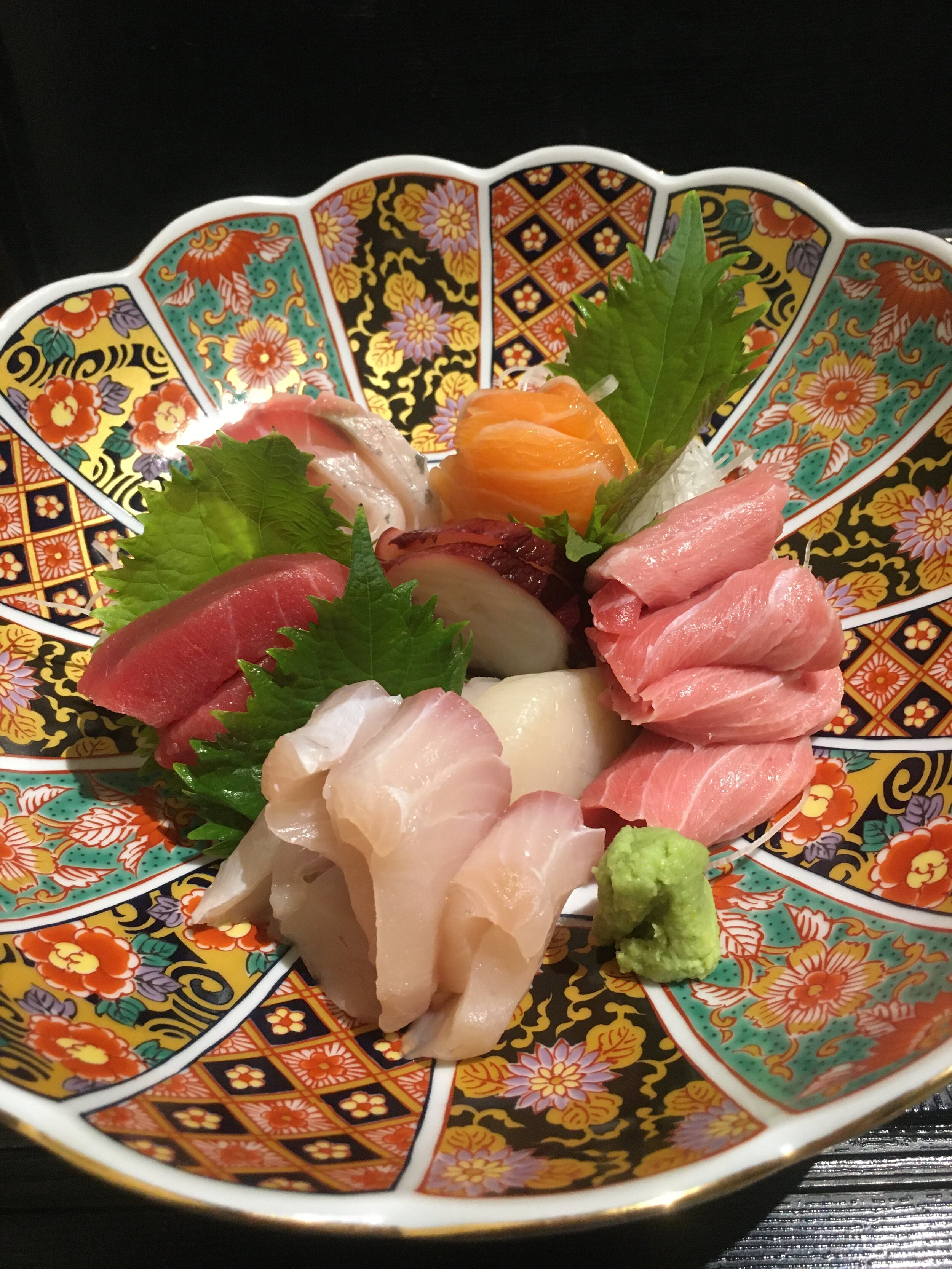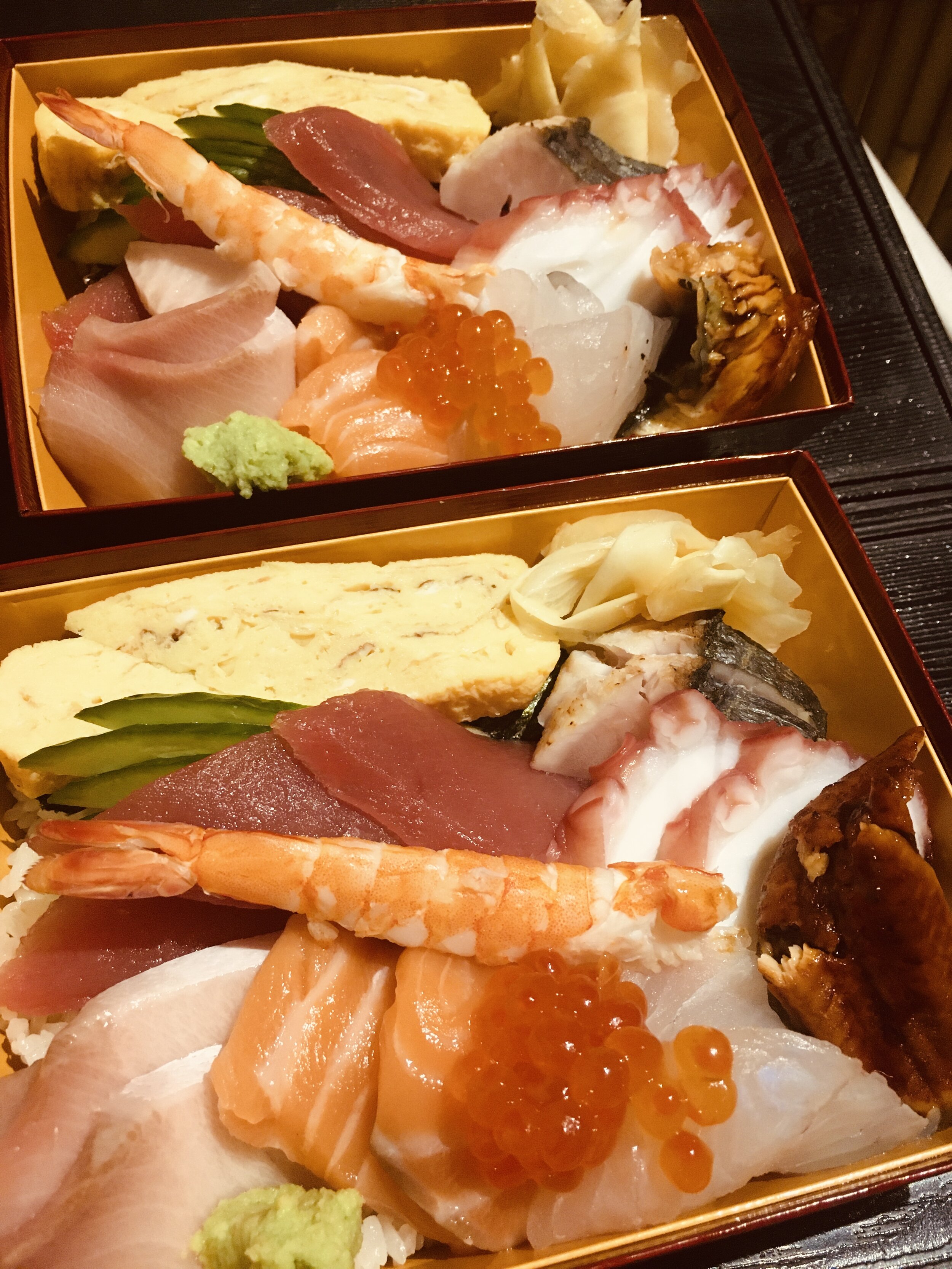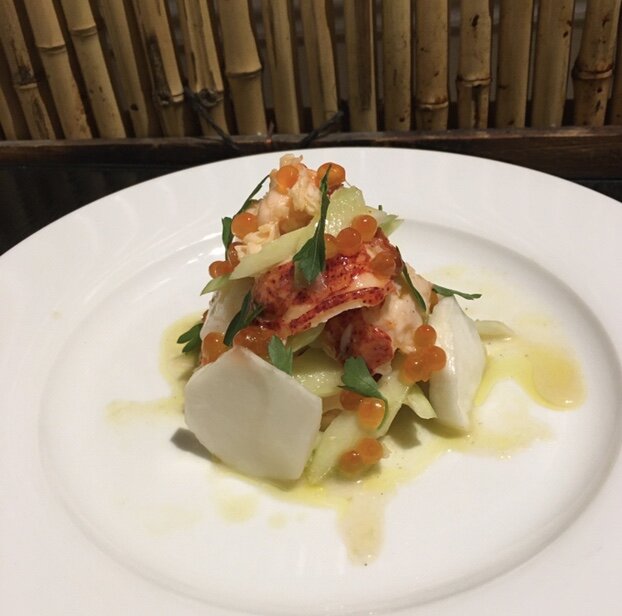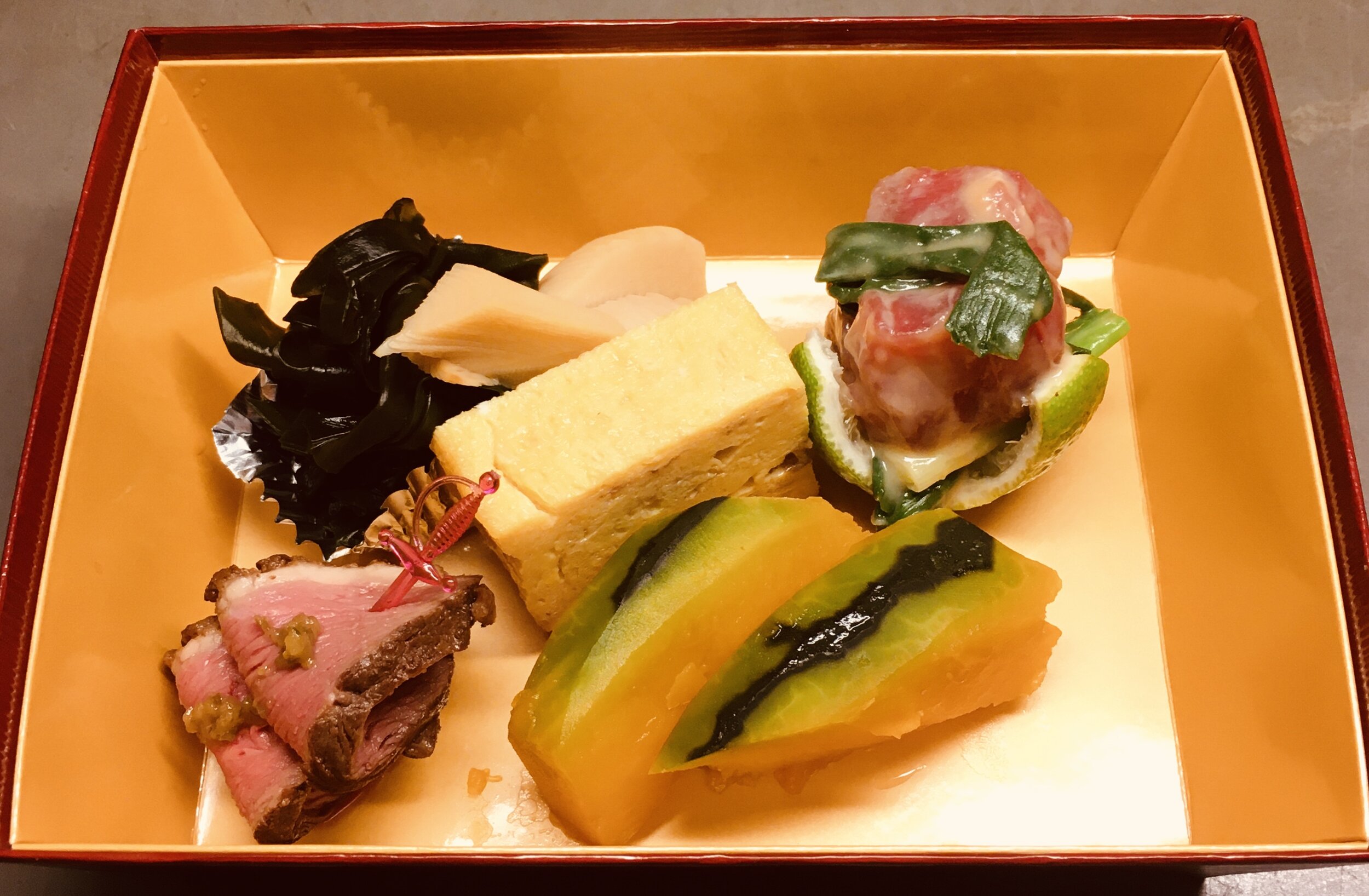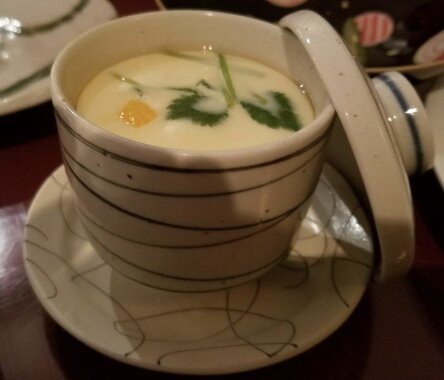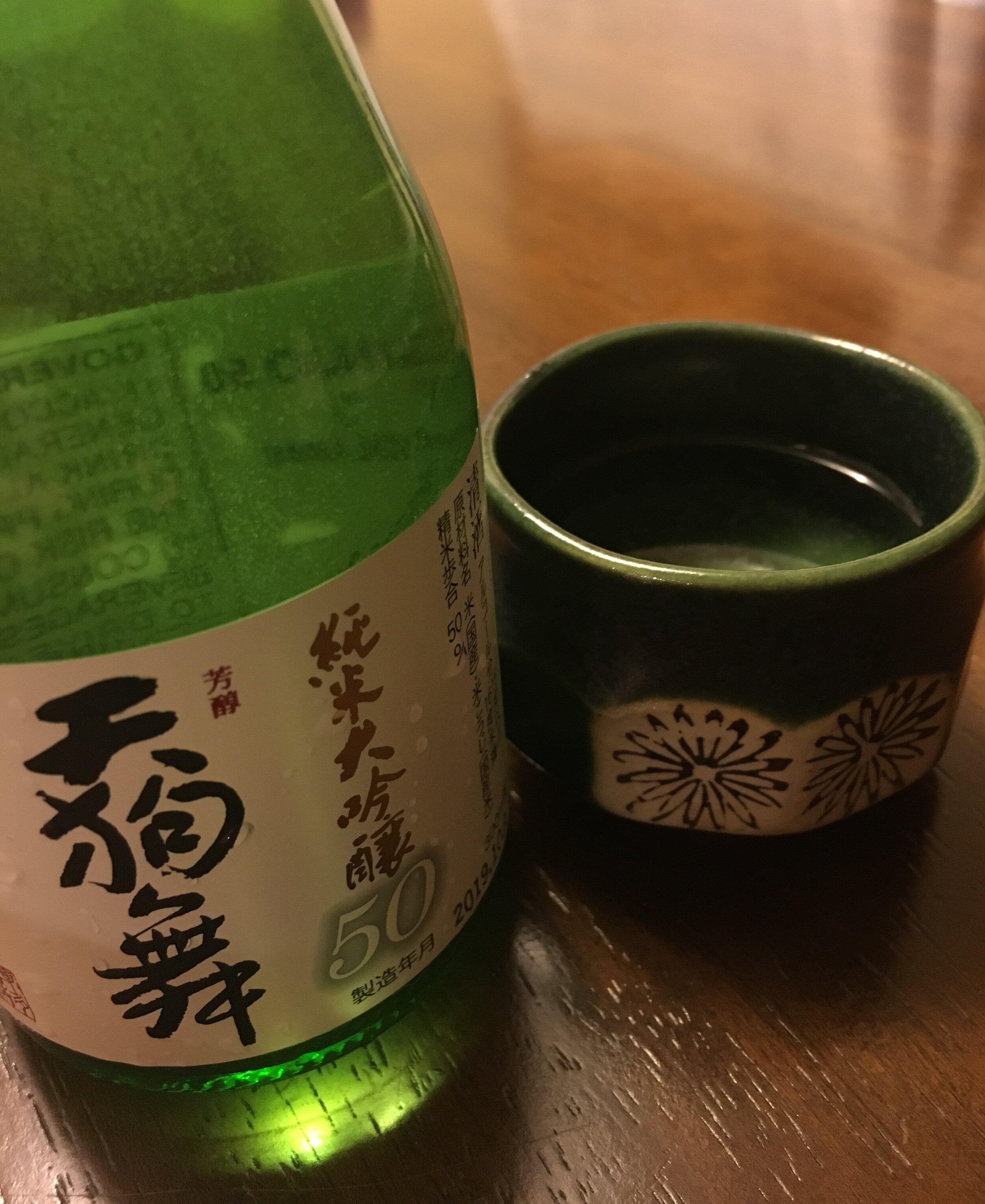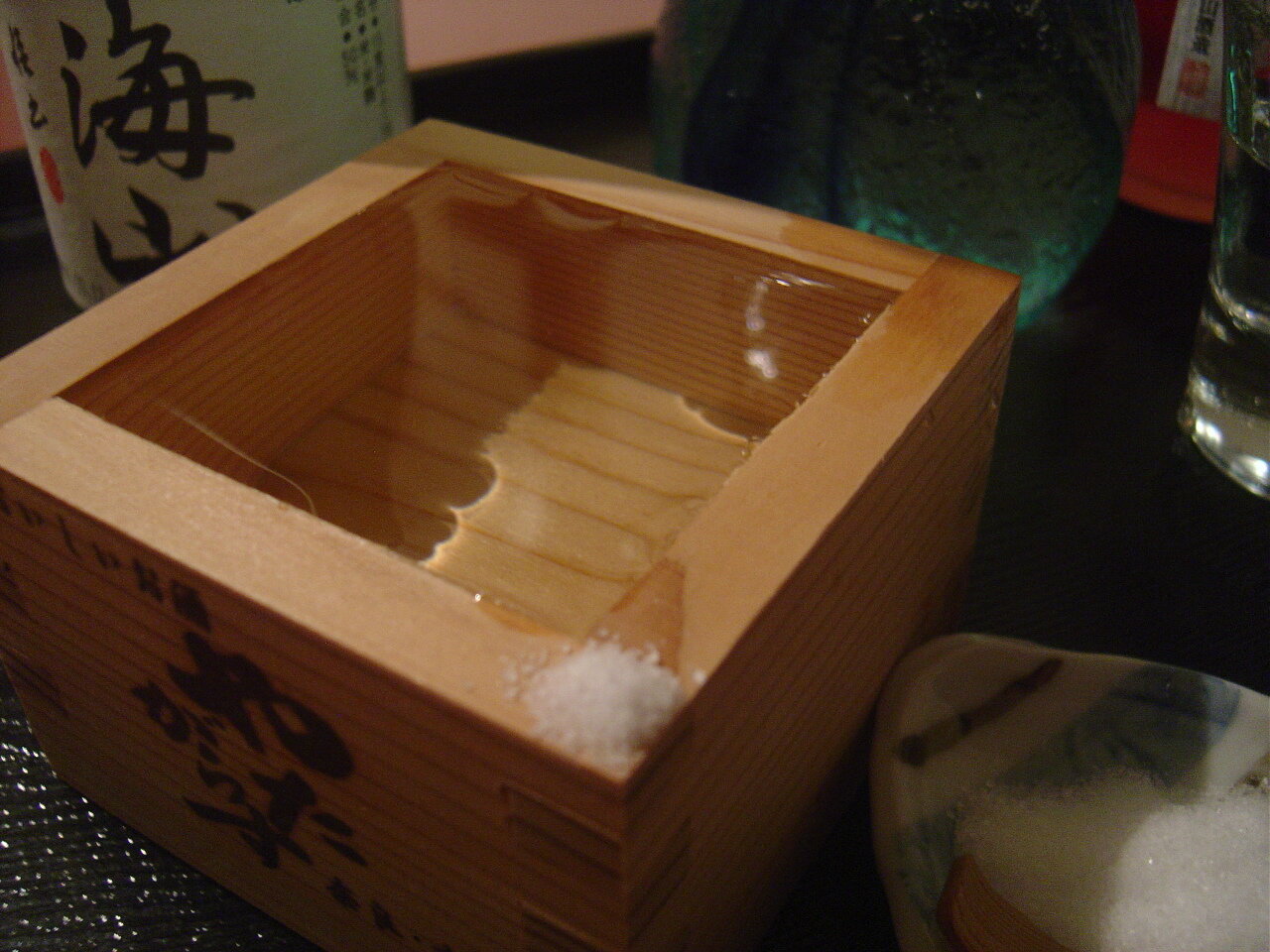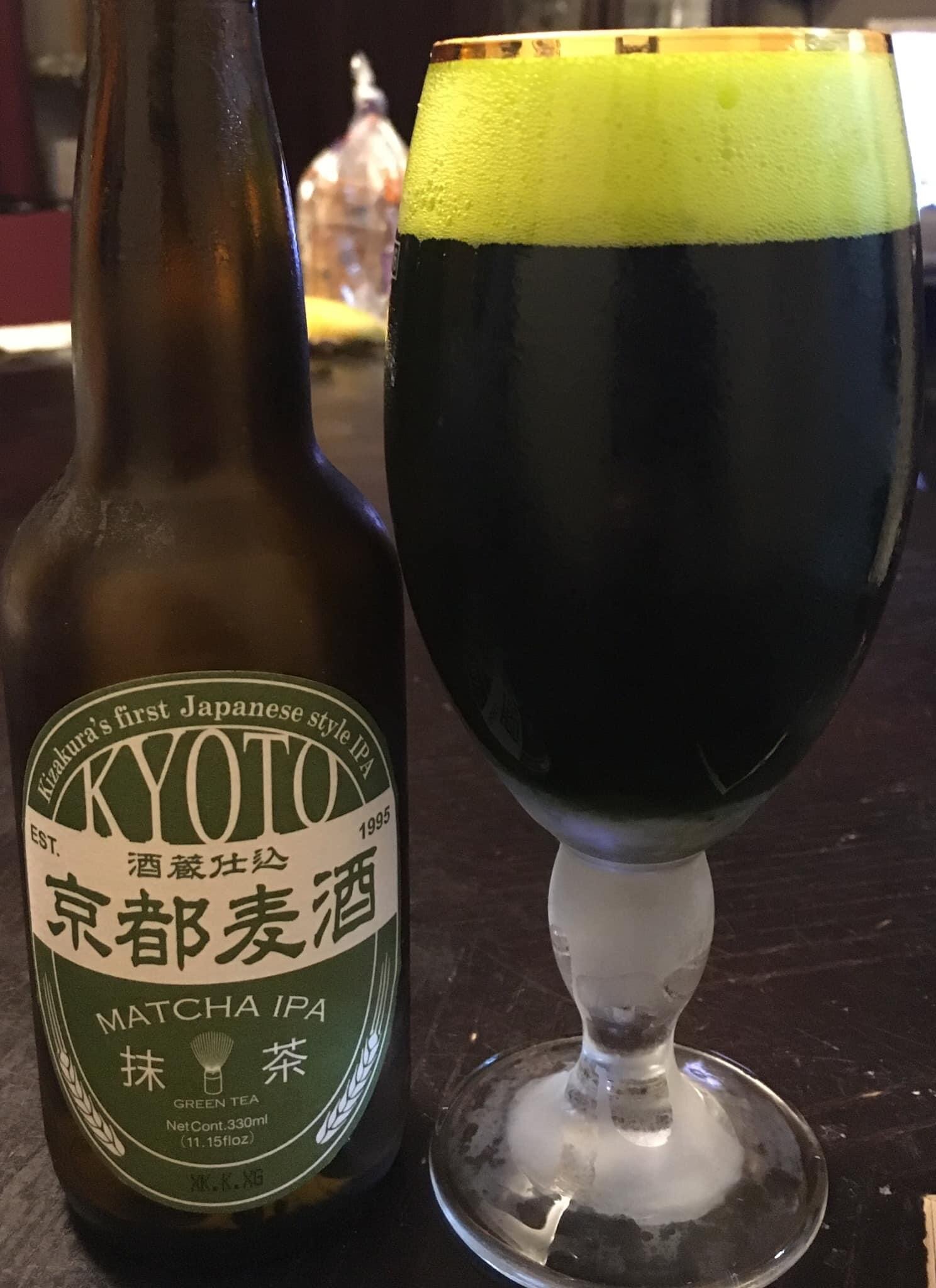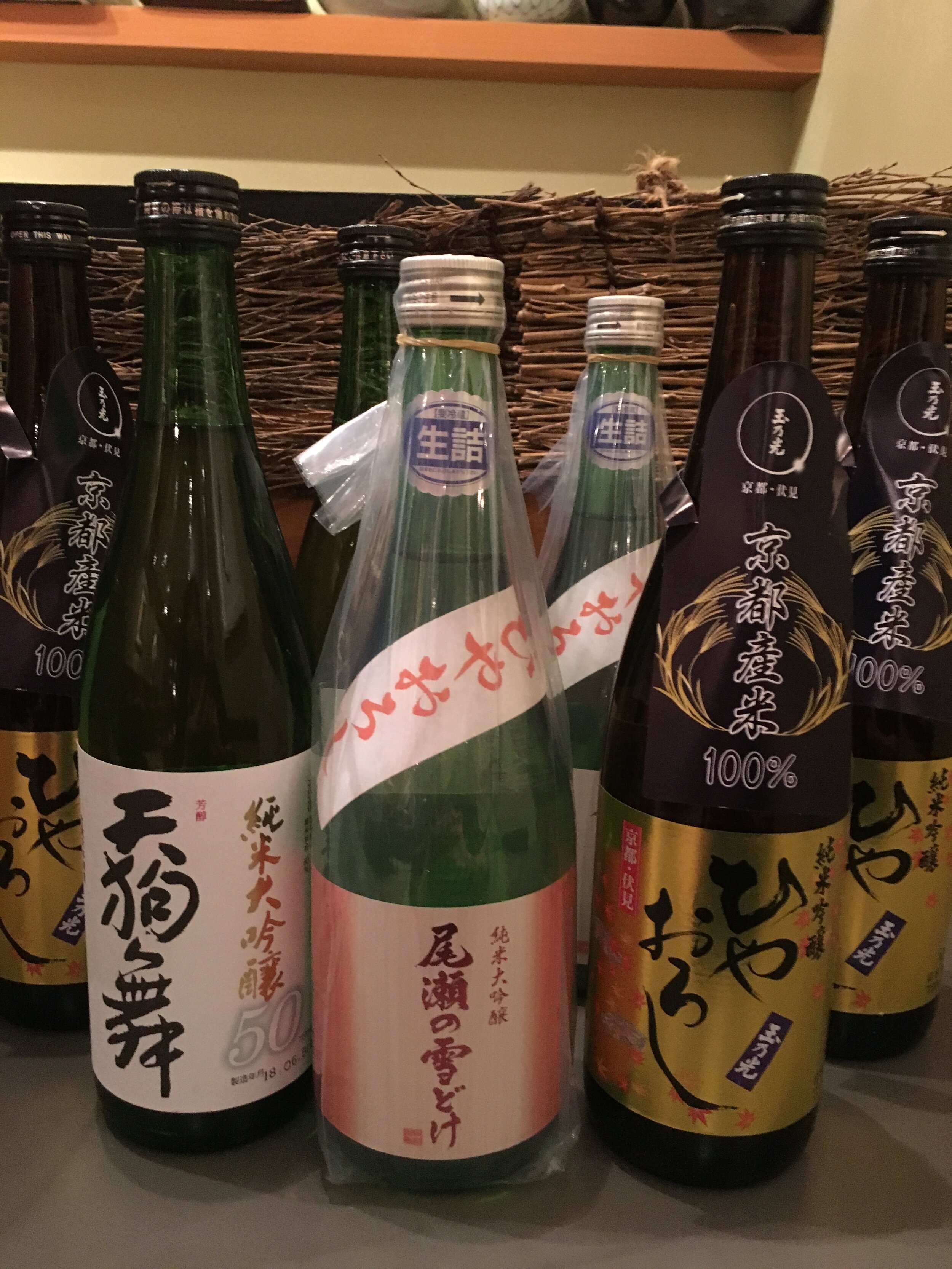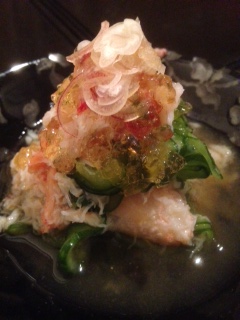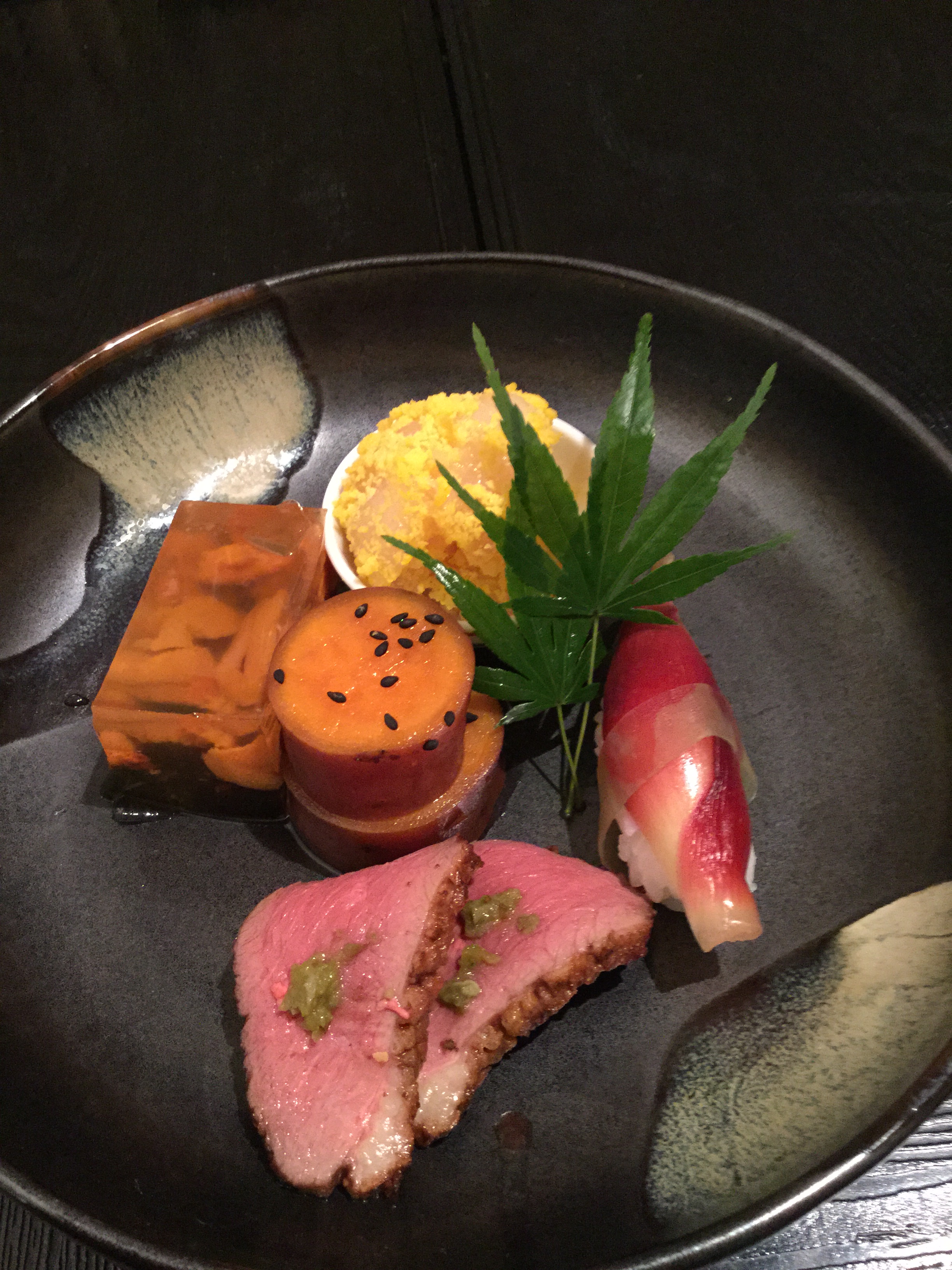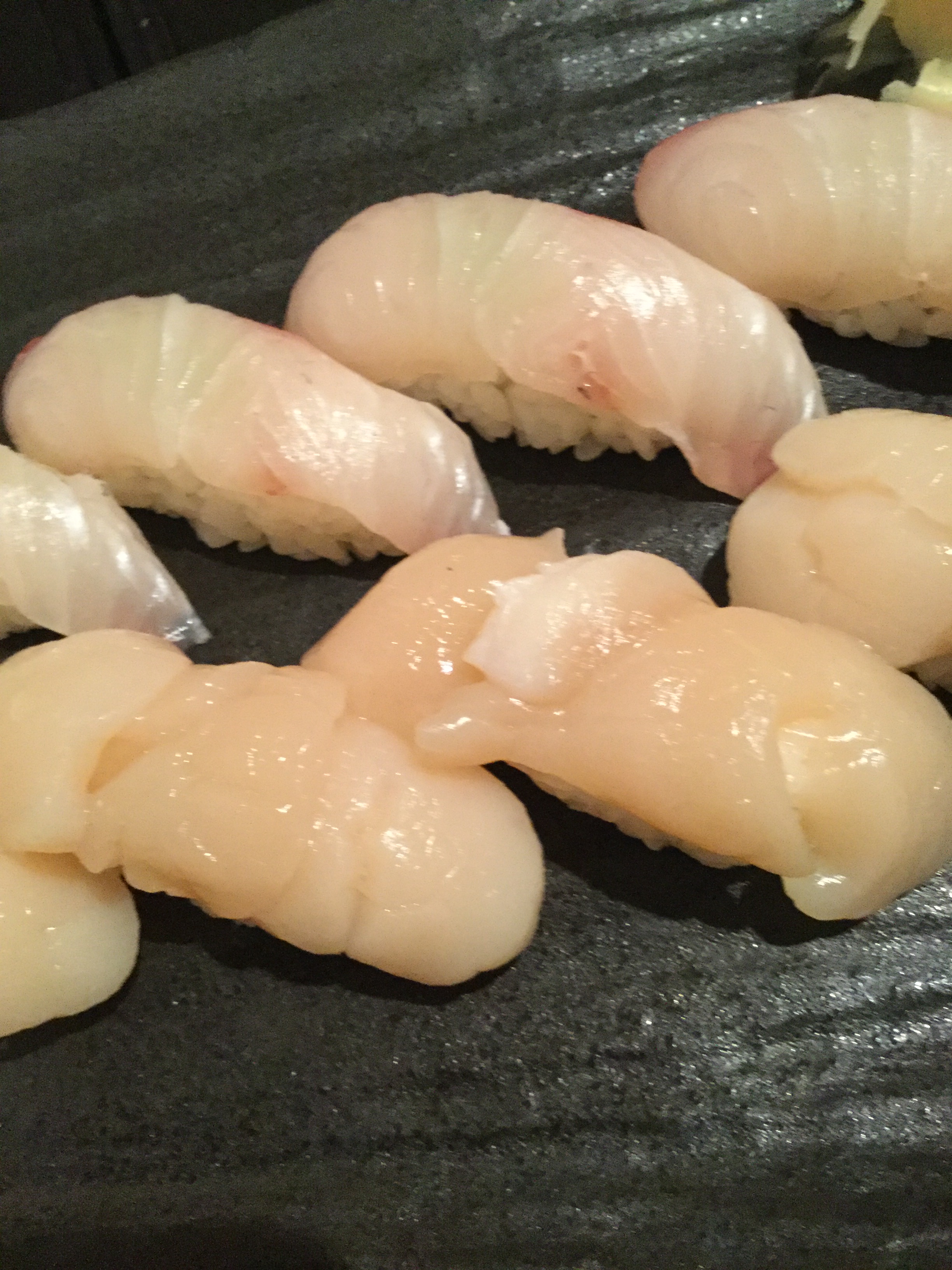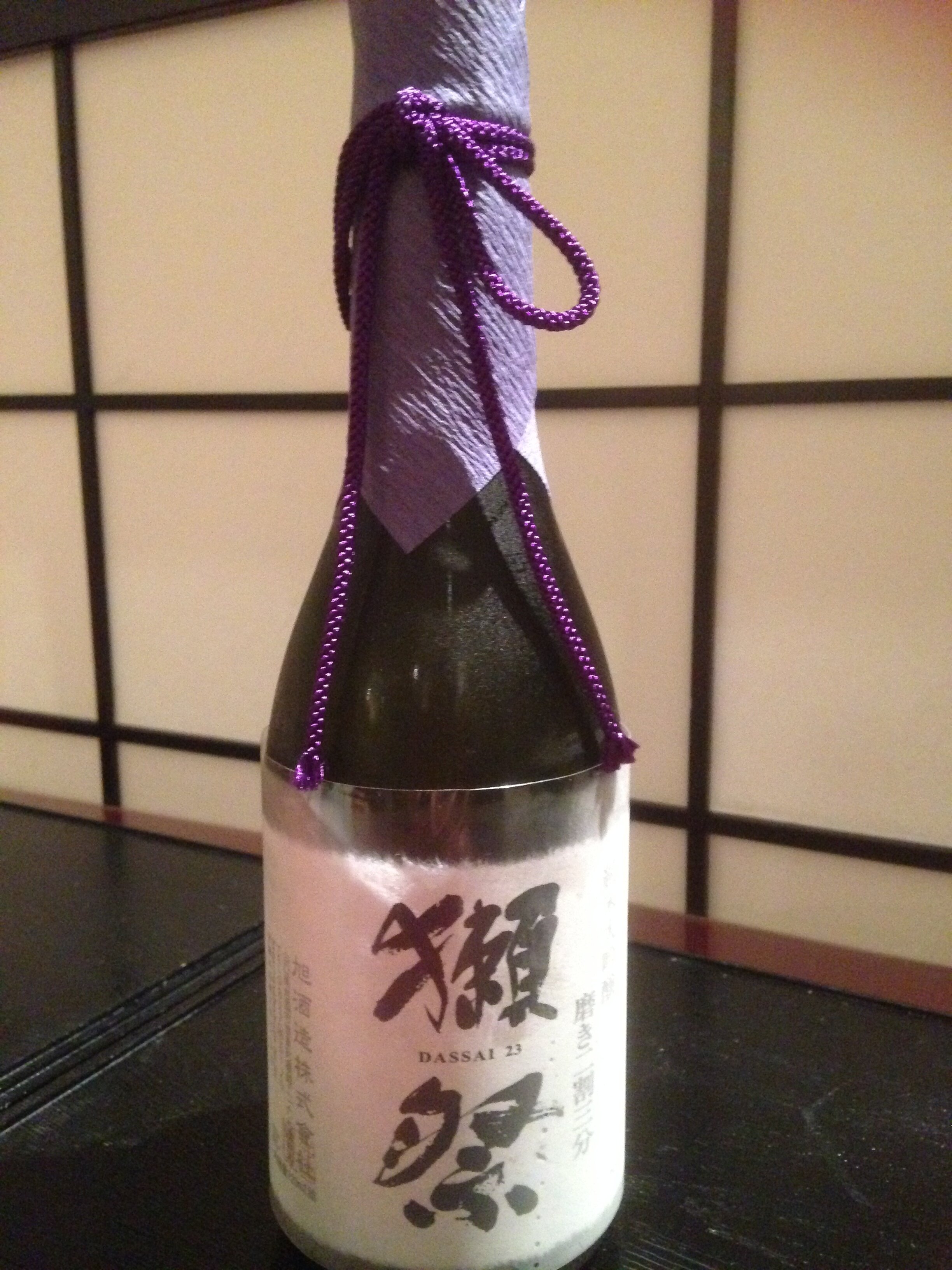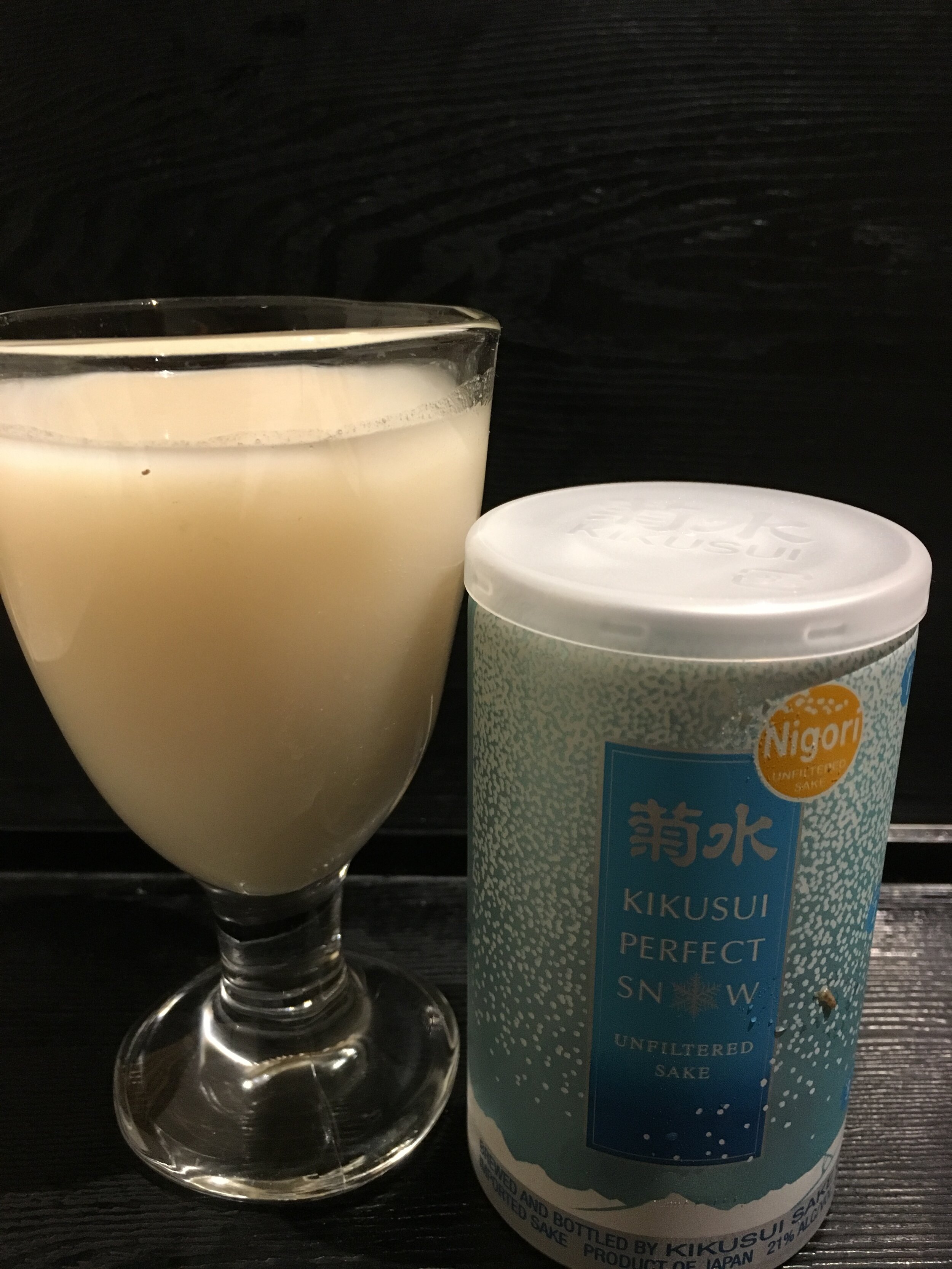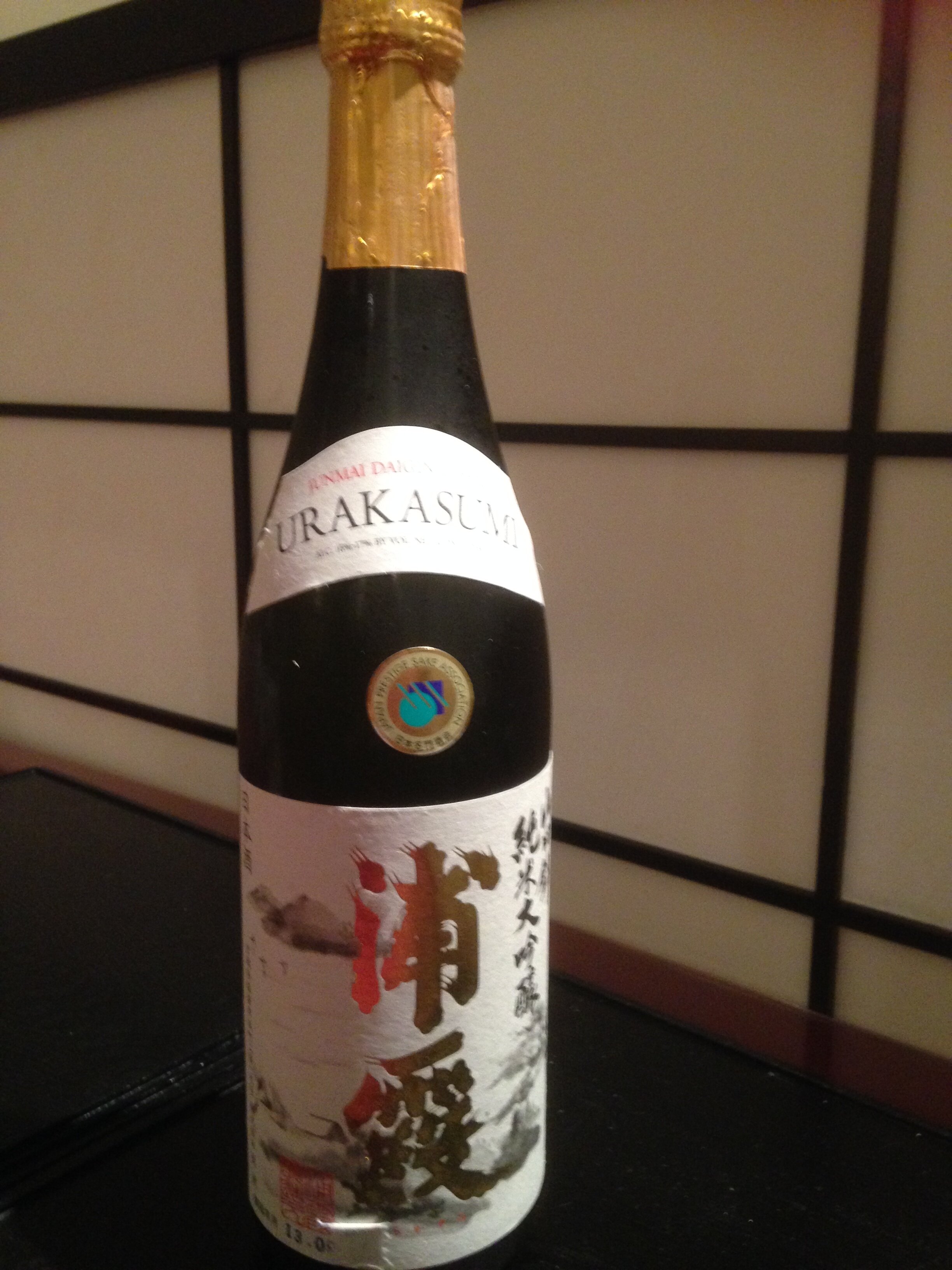Our Food
Both quality interpretations of classic Japanese cuisine method and drawing new inspirations into the Japanese simplicity and a heart of Zen.
Authentic Tapas
Octopus and Cucumber Vinaigrett with Japanese Ginger Sprout and Vinaigrette Jelly
Flavorful Pairings
Wide range of SAKE list from selected sake brewers in Japan.
Quarity of Ingredient
Japanese Madai-Sea Bream from Japan

ABOUT SAKE
Sake has various differences depending on the climate of the region and the type of rice (raw material) like wine. There are various types of manufacturing methods such as Junmai Sake, Junmai Ginjo, Junmai Daiginjo, Honjozo, Unfiltered Sake.
JUNMAISYU The name of Jyunmai means "pure rice". Junmai is brewed using only rice, water, yeast and koji. No other ingredients or additives, such as alcohol or sugar, are added. The rice that has been polished to 70% or less of its original size is used to brew. The Jyunmai sake character tends to have a full-bodied and slightly acidic.
HONJOZO Sake must be milled to 70% or less of it’s original size and as far as ingredients go, it contains a small amount of distilled brewer’s alcohol, which is added to the sake to achieve different flavor & aroma profiles.
JUNMAI GINJO Sake is brewed using only rice, water, yeast and koji. No other ingredients are added. To qualify as a Jyunmai Ginjo, the rice grain must be milled to 60% or less of it’s original size.
JUNMAI DAIGONJO Sake is brewed using only rice, water, yeast and koji. There are no other additives. To qualify as a Daiginjo, the rice grain must be milled to 50% or less of it’s original size.
GENSYU Genshu is raw, undiluted sake It is moromi that is heated, filtered, and has no added water. It is then bottled immediately. Genshu has an alcohol content of around 20%. Most of the sake to hit the consumer market is not genshu. The sake has water added reducing the actual content to 15-16%.
NIGORI (Unfiltered Sake) Nigorizake is made from moromi that is filtered through rough cloth right before fermentation is complete. In nigori, the sweetness of the rice is easily tasted. Some nigoris are of the sparkling variety because when nigori is done pre-fermenting, the carbonation remains.

